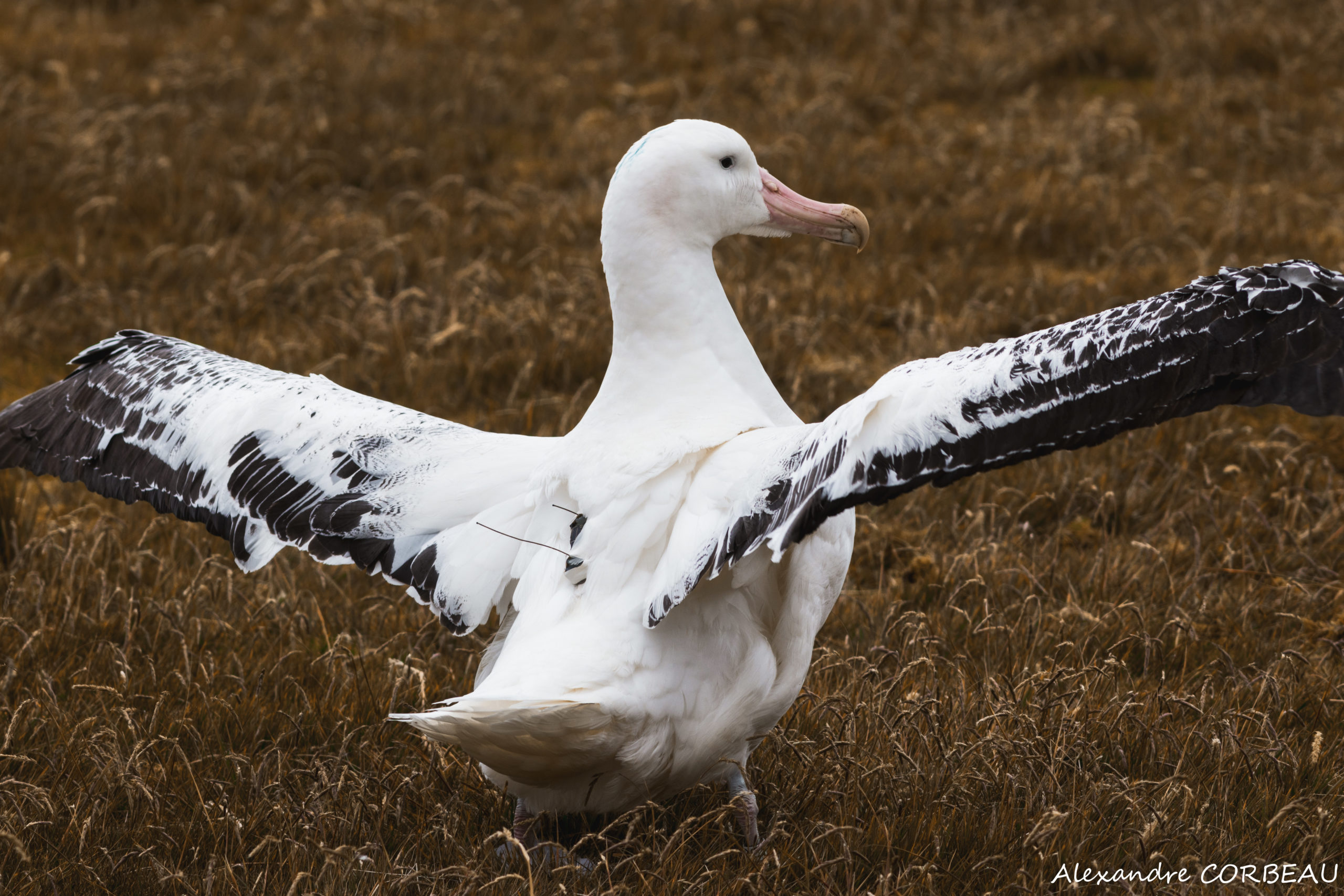The “Ocean Sentinel” project awarded by Europe
The “Ocean Sentinel” project receives the Horizon Impact 2020 Award for its new concept of monitoring illegal fishing.
A “very new” concept with a “potential application for the socio-economic environment”, Ocean Sentinel’s ambitious project makes it possible to fight illegal fishing by using a system of beacons embarked on seabirds. It was awarded a €10,000 Horizon Impact grant by the European Commission at the end of 2020.
Ocean Sentinel, which brings together researchers from the CNRS and La Rochelle Université, received a grant in 2018 from the European Research Council’s (ERC) “Proof of concept” programme, which funds the innovation potential of fundamental research result. It was built as a continuation of an initial ERC “Early Life” programme on the monitoring of young marine animals during their first months of life. “Coming directly from fundamental conservation research, Ocean Sentinel has made a place for itself alongside purely applied research projects in computer science and medicine,” says the project leader, Henri Weimerskirch, research director at the Chizé Centre for Biological Studies1.
It is one of the five projects of the European Union’s Horizon 2020 framework programme for research and innovation, which received a Horizon Impact Award this year. This award, launched two years ago, highlights concrete results from EU-funded projects that have a demonstrated impact on our societies in the economic, societal, political and environmental fields. The other four projects awarded in 2020 are an artificial intelligence tool for conservation, a new eco-friendly transparent screen system, a software to reduce the carbon footprint of aircraft, and a device offering mobility and independence to children waiting for a heart transplant.
Since the 1980s, Henri Weimerskirch has been developing and using beacons to track seabirds. With his team of around ten CNRS researchers, this specialist in ecology and seabirds has equipped 169 albatrosses on the Crozet, Kerguelen and Amsterdam islands in the French Southern and Antarctic Lands with a new system of sensor beacons, which detects radar emissions from all the ships they pass. These large birds are strongly attracted to fishing boats, which has enabled the Ocean Sentinel team to transform them into ocean patrol boats. At the same time, the team was able to cross-reference the beacon results with AIS2 data issued by declared boats and those of the French authorities in order to identify “undeclared” boats.

Between November 2018 and May 2019, the albatrosses were able to patrol more than 47 million km2 and cover almost the entire southwestern Indian Ocean, thus also reaching the maritime economic zones of Australia and South Africa. The method has enabled researchers to estimate between 10% and 15% of illegal fishing in the French economic zone. In the South African zone, none of the boats encountered by the albatrosses were reported, and in international waters nearly 1/3 of the vessels approached by the albatrosses had their AIS system disconnected. “This information on illegal fishing shows that it is possible to develop maritime surveillance via seabirds, whereas monitoring fishing in open sea waters remains almost impossible today,” says Henri Weimerskirch.
Results have attracted attention. “Several countries have already imported the concept, such as the United Kingdom and New Zealand, which use the sensors developed by Ocean Sentinel,” says the researcher, who is now being approached by other countries to apply the concept in Europe and Australia. If the project had positive fall-backs, Ocean Sentinel has also its critics in Europe, while some countries – such as Spain – were being pointed out.
In addition to unfair competition for compliant fishermen, illegal fishing poses a serious threat to the world’s marine resources, even though the European Union has identified the protection of the oceans as one of the great contemporary challenges through its Starfish mission. The new Ocean Sentinel tool should therefore be able to contribute to the work effort to address this major issue. Beyond Europe, “the International Convention for the Conservation of Antarctic Marine Resources (CCAMLR), which brings together nearly 40 countries, is now considering the best way to perpetuate the concept in the southern zone,” reports the research director.
He and his team are already looking forward to the next projects: a new programme around the Hawaiian Islands in the North Pacific – for the moment postponed for a year because of the health crisis – as well as the continuation of the programme in the southern zone, but on smaller species of seabirds with a miniaturised version of the “sensor successfully tested this year in Kerguelen”. “Ocean Sentinel is the very example that a fundamental ecological research project can lead to concrete results,” reaffirms Henri Weimerskirch.
Notes
1. CNRS/La Rochelle Université.
2. Automatic Identification System.

